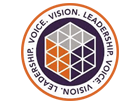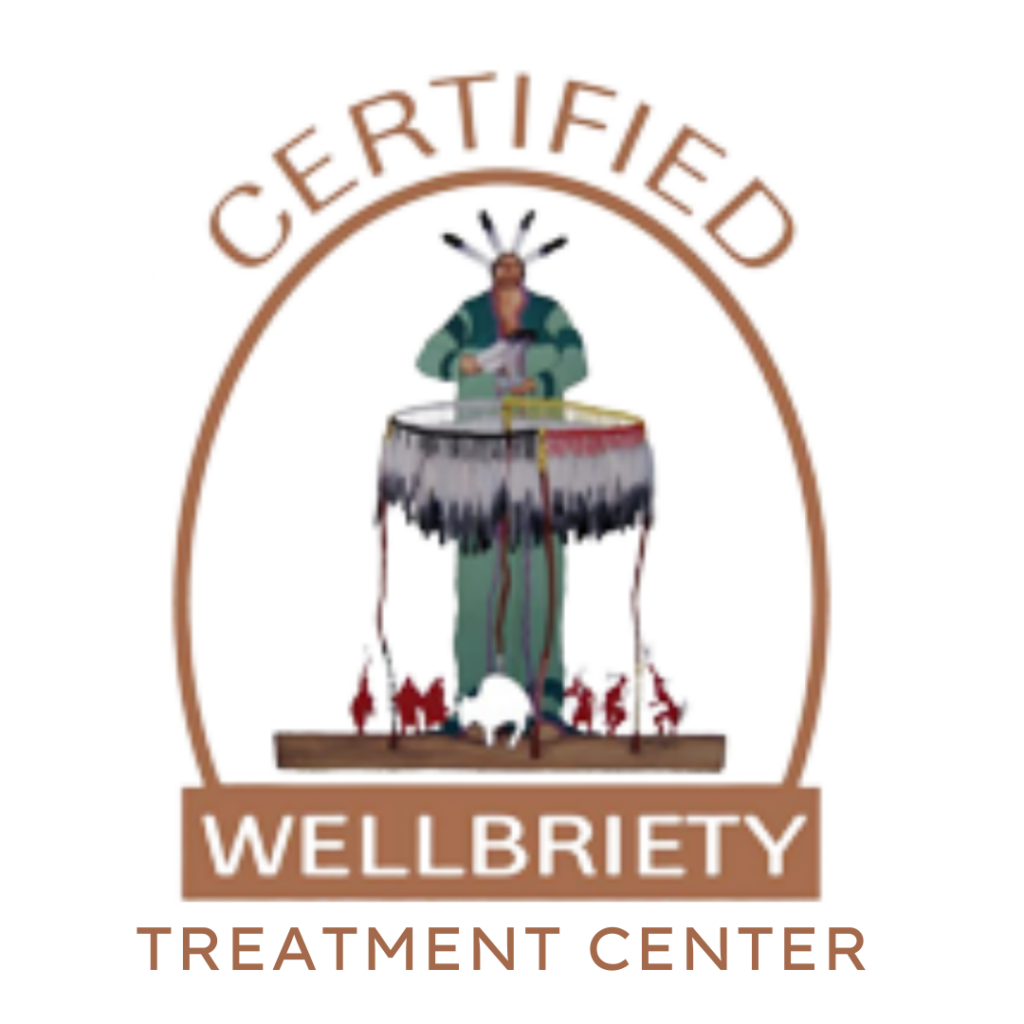Meditating is powerful, as it promotes mindfulness and an overall improved well-being. In recovery from addiction, we ask our guests to replace their bad habits with healthy ones— like meditation. It can seem hard to find your “happy place” or a zen state-of-mind if you are in a drug rehab treatment facility, however, meditation can be practiced anywhere. In our rehabilitation centers, we have rooms dedicated to being a space for guests to find peace and quiet in, allowing for the perfect atmosphere for spiritual growth.
What is Meditation?
Meditation is essentially the practice of staying present in the moment. There are hundreds of ways to meditate, and many kinds of meditation. Meditation comes in many types, including: Buddhist meditation (zen, vipassana, mindfulness, metta), Hindu meditation (mantra, transcendental, yoga, self-enquiry), Chinese meditation (taoist meditations, quigong), Christian meditation, Sufi meditation, kundalini meditation, guided meditation, and many more.
Meditation is a form of spirituality, that lends itself to self-discovery and spiritual growth. Recovering from addiction should be a holistic process, promoting healing in the mind, body, and spirit. Meditation achieves spiritual healing.
How Do I Choose Which Type of Meditation I Should Do?
You should always follow your intuition when it comes to practicing meditation. Meditation is a personal experience for each person, and so you may not meditate like another person does and vice-versa. There is individuality in our meditative practices, making no two experiences the same. In an addiction treatment center, you may feel limited when it comes to meditative practices, however, if you ask any staff members for information on any type of meditation you would like to try, they can provide you with information and resources that will support your discovery of meditation as a healing activity.
How Do I Start?
Usually, beginners to meditation will start with some meditative practices, like deep breathing exercises, body scans, and progressive muscle relaxation. Deep breathing can be achieved with various breathing techniques, or just by breathing in through your nose to fill your lungs with air and exhaling your breath through your mouth.
Deep Breathing
One of our favorite breathing techniques is the 4-7-8 method. This method is also proves to be especially helpful if you need to relax while trying to fall asleep. The way the 4-7-8 technique works is: breathe in through your nose for 4 full seconds, silently count 7 seconds as you hold in your breath, and breathe out through your mouth for a silent count of 8 seconds. This breathing technique will relax you and calm your heart rate and blood pressure.
Body Scans
Body scans can be achieved by taking a moment to sit or lay down, and mentally scanning your body— beginning at the top of your head and moving down to the tips of your toes. Body scans are especially helpful when you close your eyes, and visualize a scanning process as you move through the parts of your body, muscles, and bones. While you are scanning your body, you can take notice of any tension or pain in the body— visually lifting the obstruction in your mind and moving on with the rest of the scan.
Progressive Muscle Relaxation
In addition to body scanning, you can also practice progressive muscle relaxation— which is a similar process to a body scan. Close your eyes and mentally visualize scanning your body, beginning at the top of your head and moving down to the tips of your toes. Basically, you will be mentally focusing on relaxing each part of the body (muscle, tendons, bones) relaxing fully as you move along the length of your body, one section at a time. There are also guided meditations available for progressive muscle relaxation.
Beginning to Meditate
As you are preparing to meditate, there are some ways that you could set yourself up. The first thing you should do is choose a comfortable position to sit in, whether you are sitting on the floor, on a pillow, whether your back is against a wall, or you are sitting on a piece of furniture— make sure your back is upright and your position is comfortable for you. The next thing to do is close your eyes (only close your eyes if you are comfortable doing so). Then, begin breathing slowly and consistently to promote relaxation. You can use any of the above techniques next, to aid you in beginning your meditation. The practices above are meditative on their own also. No matter what form of meditation you are practicing, deep breathing exercises will only help you in your meditative experience.
Here are 10 more tips for meditating in a drug rehabilitation center:
- Set an intention
- Focus
- Monitor, don’t push away
- Awareness
- Silent repetition
- Let your mind wander
- Building up meditation
- Guided meditation
- Incorporate body scans
- Forget about right vs. wrong
- Is Kombucha Okay to Drink in Recovery? - May 29, 2019
- Addiction Treatment: Common Co-Occurring Disorders - May 16, 2019
- 10 Tips for Meditation in a Drug Rehabilitation Center - May 8, 2019
Setting an intention is the key to guiding your meditation. Do you want to give or receive from this meditation? Do you want to learn something or just relax? Do you want to feel differently or intensify your current emotion? These are just some questions you can ask yourself to find what your intention for this meditation is, and to apply it.
Many people find it hard to focus while meditating, some focus on their breathing while others focus on trying to keep their mind clear. We suggest focusing on one single thing, like an object in the room (if your eyes are open), an object in your mind (if your eyes are closed), a mantra, a part of the body, a smell or sound, etc. We also find that focusing on sensory details helps you stay in the present moment, like the feeling of your hands on your knees, or the feeling of the ground beneath you.
Sometimes, the best thing you can do when you have racing thoughts during meditation is to acknowledge the thoughts without trying to push them away. Instead of trying to control your thoughts and feelings, just monitor them and acknowledge that they exist; recognize them and notice that they are there instead of trying to get rid of them.
If you have a hard time focusing on one thing, try not focusing on anything in particular. Sometimes it can work better if you don’t try to focus or ignore, but just be. Allow your awareness to guide you through the meditation.
Silently repeat a mantra or statement in your mind to help yourself embrace that mantra. You can try repeating quotes, prayers, or statements like “I am” statements. For example, you could silently repeat the serenity prayer, or silently repeat phrases like “I am at peace”, “I am serene”, “I am relaxed”.
Sometimes, thoughts can be distracting. We find that sometimes it’s best to just let your mind wander by not picking apart certain thoughts or paying any attention to one thought in particular, but just letting your mind run and see where it takes you. If you feel disconnected, try focusing on an object or repeating a mantra.
You can put meditating into your routine by starting out with setting aside a couple of minutes to practice meditation, and slowly building on the time you’ve allotted for the practice. For example, set aside two minutes for meditation one day, three minutes the next day, and so on and so forth. Progressively allowing yourself more time each day will allow you to strengthen your practice slowly.
You can find guided meditations online, in both audio and visual forms. Choose a guided meditation especially if you are having trouble “getting into it”. Guided meditations can be extremely helpful in forgetting about the “how” of meditation and instead focusing on just doing.
During a meditation, don’t forget to check in with yourself. How is your body feeling? Are there any areas of tension? Visualize your tension as being collected in your inhaled breaths and picture the tension leaving your body as you exhale.
There is no need to judge how you are practicing meditation. There is no right or wrong way to meditate, there is only your way. Meditation is a personal experience, so let go of any expectations, rules, and judgements. These things will only hinder you from having a positive personal experience.
Happy Meditating!
We hope you found these tips helpful, and wish for everyone to have a happy meditative experience. Don’t forget, there are no rules for meditation, no right or wrong way. Meditation is a personal experience, so don’t hesitate in making it your own. You can meditate anywhere, even and especially in a drug rehab center, as it is a healthy habit that will aid in your own spiritual growth. The recovery process requires guests to build health into their routine, and consistently practicing meditation is one way to improve mental health, physical health, and spiritual health.
Our Treatment
At Royal Life Centers, we have addiction treatment programs that are designed to follow guests through the stages of the recovery process— providing guidance and support along each step of the way. Royal Life Centers has a variety of treatment programs, including: medical detox, a residential inpatient program, a partial hospitalization program (PHP), an intensive outpatient program (IOP), an outpatient program (OP), sober living and graduate housing. We also provide services for family members and alumni. Our programs use intensive therapies and other proven effective methods of addiction treatment. Royal Life Centers has intensive therapies including: individual therapy sessions, group therapy, behavioral therapies, adventure therapy, activity therapy, and equine therapy. For more information, please reach out to us.
Reach Out
If you or someone you know is struggling with an addiction, please reach out to us at (877)-RECOVERY or (877)-732-6837. Our team is available to take your call 24 hours a day, 7 days a week. Because We Care.
























